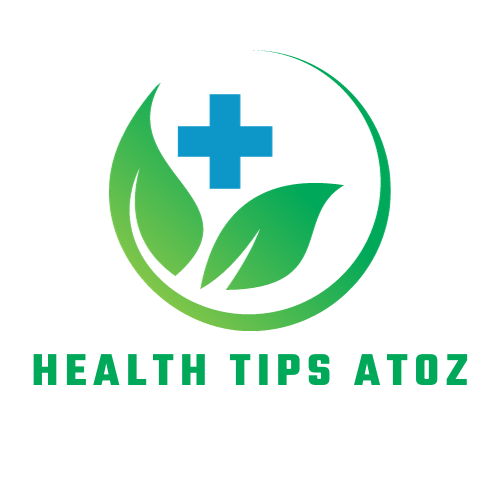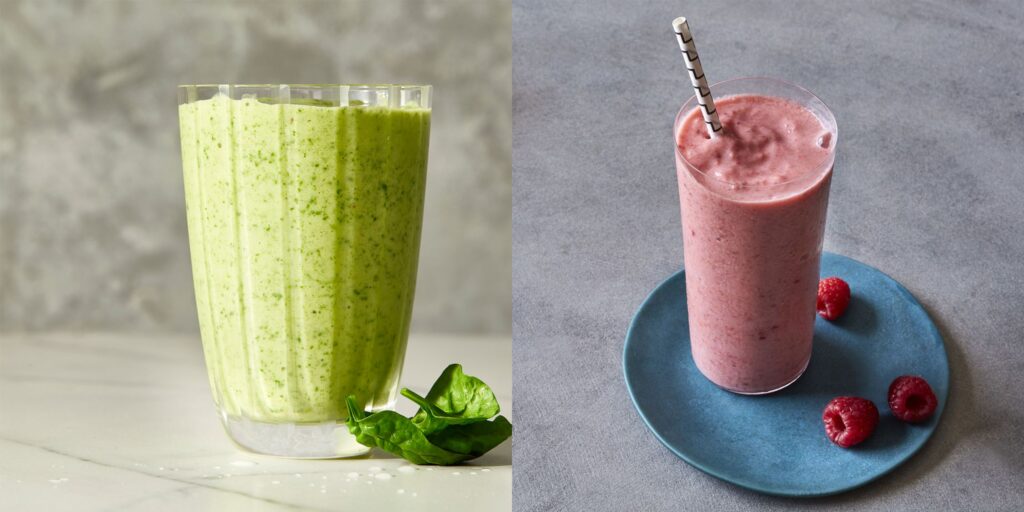Did you know that they enter a natural state of ketosis soon after babies are born?
Yep, you read that right — research shows that newborn infants are in ketosis and remain in this normal, healthy state while breastfeeding.
Furthermore, research confirms that breast milk from healthy mothers is 50-60% fat, and the cholesterol in breast milk supplies babies with almost six times the amount that most adults consume in their diets.
So, if babies are naturally born in ketosis and benefit from using fat and ketones for fuel, why would it be an issue for a breastfeeding mother to follow a ketogenic diet/lifestyle?
What Does the Research Say About Keto While Breastfeeding?
Unfortunately, the current scientific literature surrounding the ketogenic diet and breastfeeding is extremely limited.
However, one study performed in 2009 compared a low-carbohydrate, high fat (LCHF) diet to a high-carbohydrate, low fat (HCLF) diet in breastfeeding women.
However, the details of the study are important. First of all, it was a really small study of women and their infants — just seven. They were studied on two occasions in random order for 8 days, separated by one to two weeks.
On one occasion, the women were given what the researchers call a high-fat, low-carb diet. But it’s highly unlikely this diet resulted in a state of ketosis (30% carbs and 55% fat, whereas most low-carb or keto diets consist of fewer than 10% carbohydrates).
On the other occasion, they received a higher-carb, low-fat diet (60% of energy from carbs and 25% from fat). The study doesn’t take food quality into account.
Results from this study showed the following:
- Regardless of the diet, daily breast milk production and daily infant breast milk intake remained the same.
- Neither diet affected milk lactose or protein concentration; however, milk fat concentration and the energy content of milk were higher during the LCHF diet than in the HCLF diet.
- Infants’ energy intake (kcal/day) was higher during the LCHF diet than during the HCLF diet.
- The estimated average maternal energy expenditure and the sum of maternal energy expenditure plus milk energy content were higher during the LCHF diet than during the HCLF diet.
Based on these results, researchers concluded that breastfeeding mothers could lose more weight while consuming an LCHF diet than an HCLF diet without affecting milk production and still supplying their babies with the nutrients and energy needed for proper development.
Another literature review from 2016 looked at the evidence of the impact of maternal nutrition on breast milk composition and concluded that:
“The available information on this topic is scarce and diversified. Most of the evidence currently used in clinical practice to make recommendations is limited to studies that only reported indirect associations”.
Based on this information, there is no reason why a breastfeeding mother would not be able to follow a ketogenic diet and lifestyle.
Although there are some anecdotal reports that some mothers have had reductions in milk production after going keto, this is most likely due to dehydration, lack of adequate calories or nutrients, and possible lack of adjustment in cases of rapid carbohydrate restriction.
Tips For Successful Breastfeeding While Following a Ketogenic Diet
Breastfeeding your baby is important, and most mothers don’t want to do anything that might risk their supply. We’ve already seen that you can follow a ketogenic lifestyle while breastfeeding (and it could even help shed some of the baby weight), but you need to do it properly. Here’s how.
1: Start Keto Early
When you first start keto, your body needs to go through an adjustment period, and you may feel flu-like symptoms. This is called the “keto flu”, and if you’ve never experienced it before, you may feel as if there’s something wrong.
You don’t want to have to go through this adjustment period while you’re trying to learn the particular art of breastfeeding, so if you’re not already nursing your baby, don’t wait until you are pregnant or breastfeeding — start keto now so that your body has time to learn how to use fat and ketones for fuel efficiently.
Plus, keto has been shown in many cases to increase the likelihood of getting pregnant and contribute to an overall healthier lifestyle.
2: Avoid Dehydration
One of the biggest culprits of scarce milk supply is not drinking enough water throughout the day.
Drinking lots of water is extremely important to produce sufficient milk for any breastfeeding mother, especially keto, due to the higher excretion of water from less carbohydrate intake.
Your body uses extra water to produce breast milk and heal from labour and delivery. Pair that with the hydration necessary to keep your electrolytes balanced on the ketogenic diet, and you’ll see you need to drink more water than you thought you needed, certainly more than before you had your baby.
3: Don’t Forget Your Nutrients and Electrolytes
Consuming enough vitamins and minerals is extremely important to avoid negative side effects such as headaches, loss of energy, or lightheadedness.
Check out this article for a more in-depth look at the different vitamins and minerals needed to make up a well-formulated ketogenic diet.
4: Consume Enough Calories, Especially High-Quality Fats
It is important to make sure you have a steady energy supply throughout the day for both yourself and your baby.
Consuming an adequate amount of calories and enough good quality fats will be another key to producing healthy quantities of milk and fueling both yourself and your baby. Refer to this article for a list of high-quality fats to incorporate into your diet.
5: Consume Enough Fiber and Vegetables
Getting enough vegetables and fibre is extremely important for both your health and the health/development of your baby.
Make sure you consume lots of vegetables to ensure adequate intake of certain phytochemicals and antioxidants.
If you don’t have time to prepare veggies (because honestly, taking care of a baby is time-consuming!), use a greens supplement to nourish yourself.
6: Try A Moderate Low-Carb Diet Rather Than Strict Keto
If you’re having trouble producing adequate milk, try starting with 50-75 grams of carbs per day and slowly lower the carbs each day (say 5-10 grams) and track how it affects your milk supply.
Make sure you get your carbs from healthy sources such as lots of vegetables, nuts, seeds, and berries.
Avoid bread, pasta, and other refined carbage (carbs + garbage = carbage).
7: Track Your Food/Drink Consumption And Daily Milk Production
Use an app such as MyFitnessPal or MyMacros+ to keep track of the foods and drinks you are consuming — this will make it easier to track your calorie and fat consumption as it relates to how much milk you are producing each day so you can adjust accordingly.
You can also try to track your daily milk production. There are a couple of ways to do this.
One way is to pump and feed your baby expressed breast milk for a couple of days. You can use an app like Baby Connect to track your production.
Remember, however, that babies extract more milk than a pump, and the quality of your breast pump also impacts your output. Also, note that many women avoid strictly pumping because it can decrease milk production. But every mom and baby is different.
Another way to check how much milk you’re producing is to put the baby on an infant scale before and after each feeding and note the difference.
Like with any diet — even the ketogenic diet — there is no “one size fits all” approach. If you listen to your body and implement the tips outlined above, you will be on the right track to a healthy and fulfilling breastfeeding journey.


